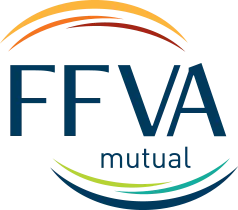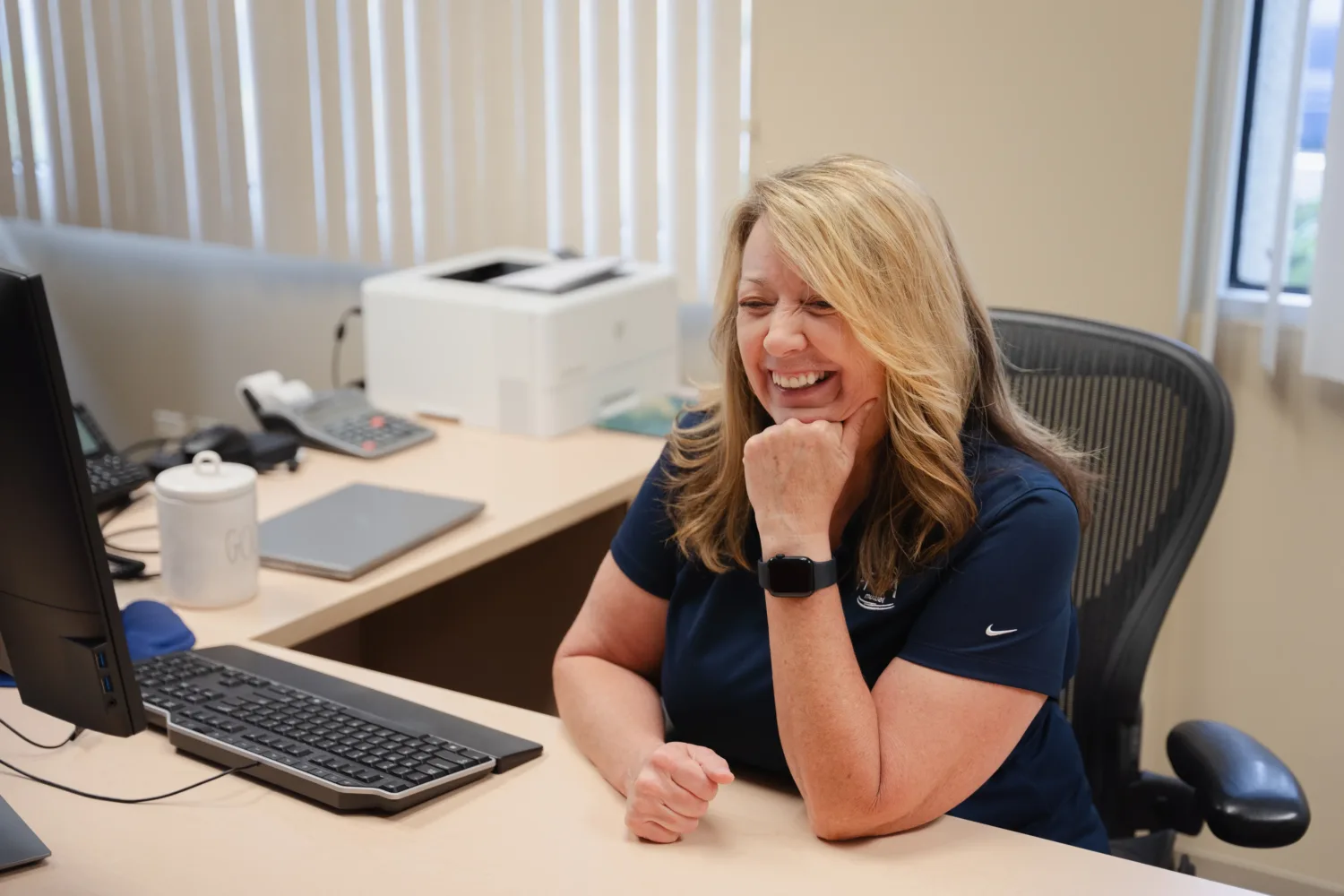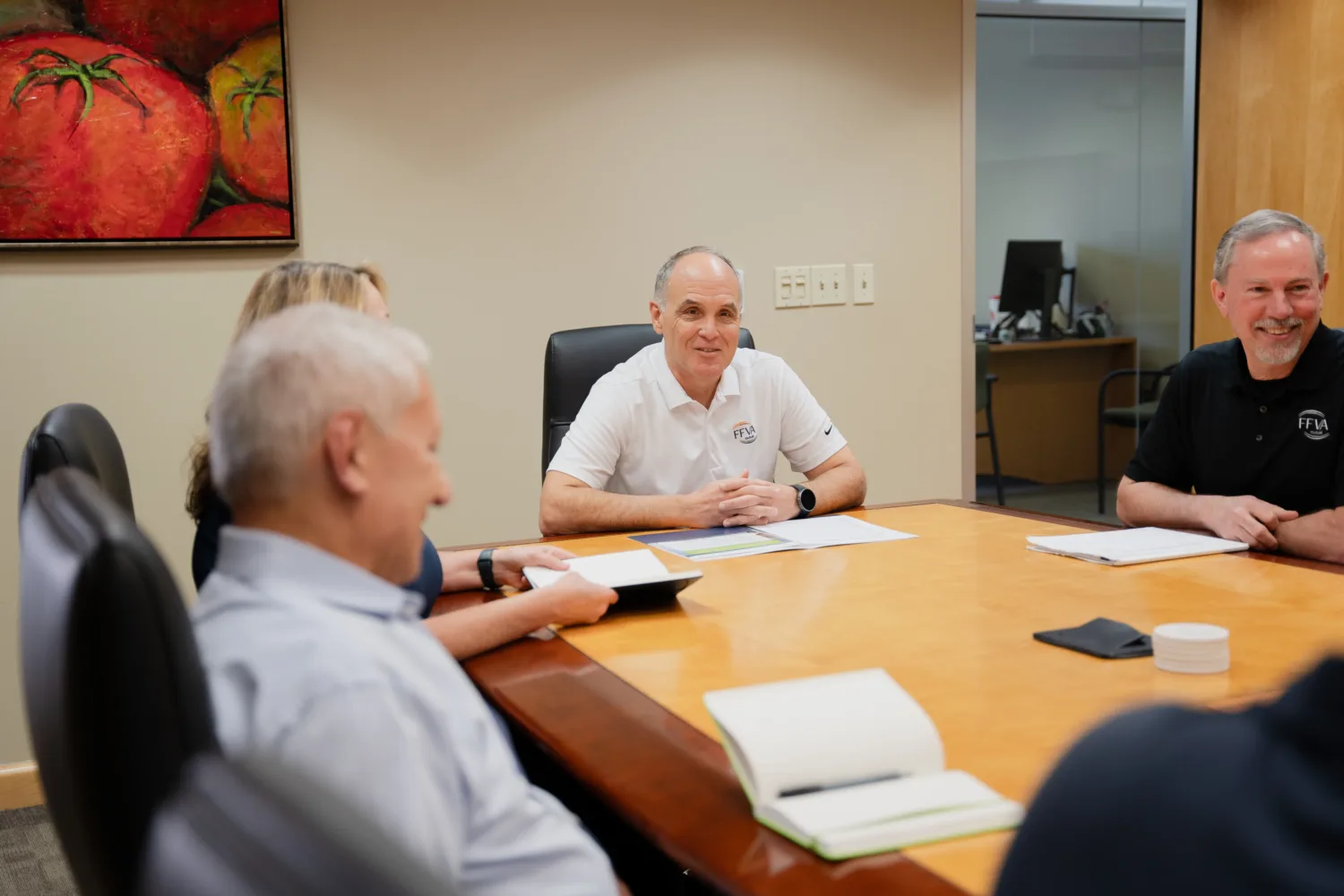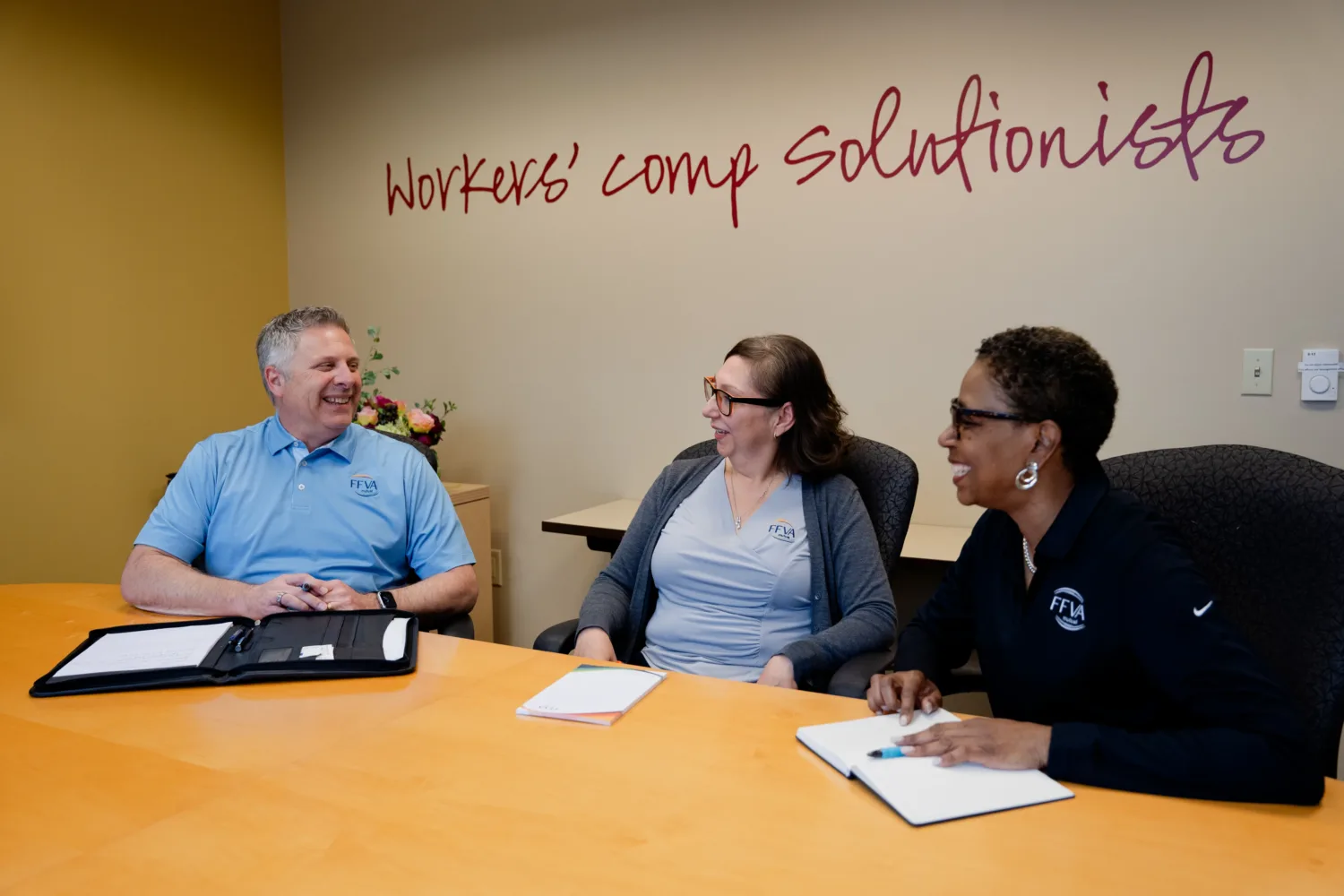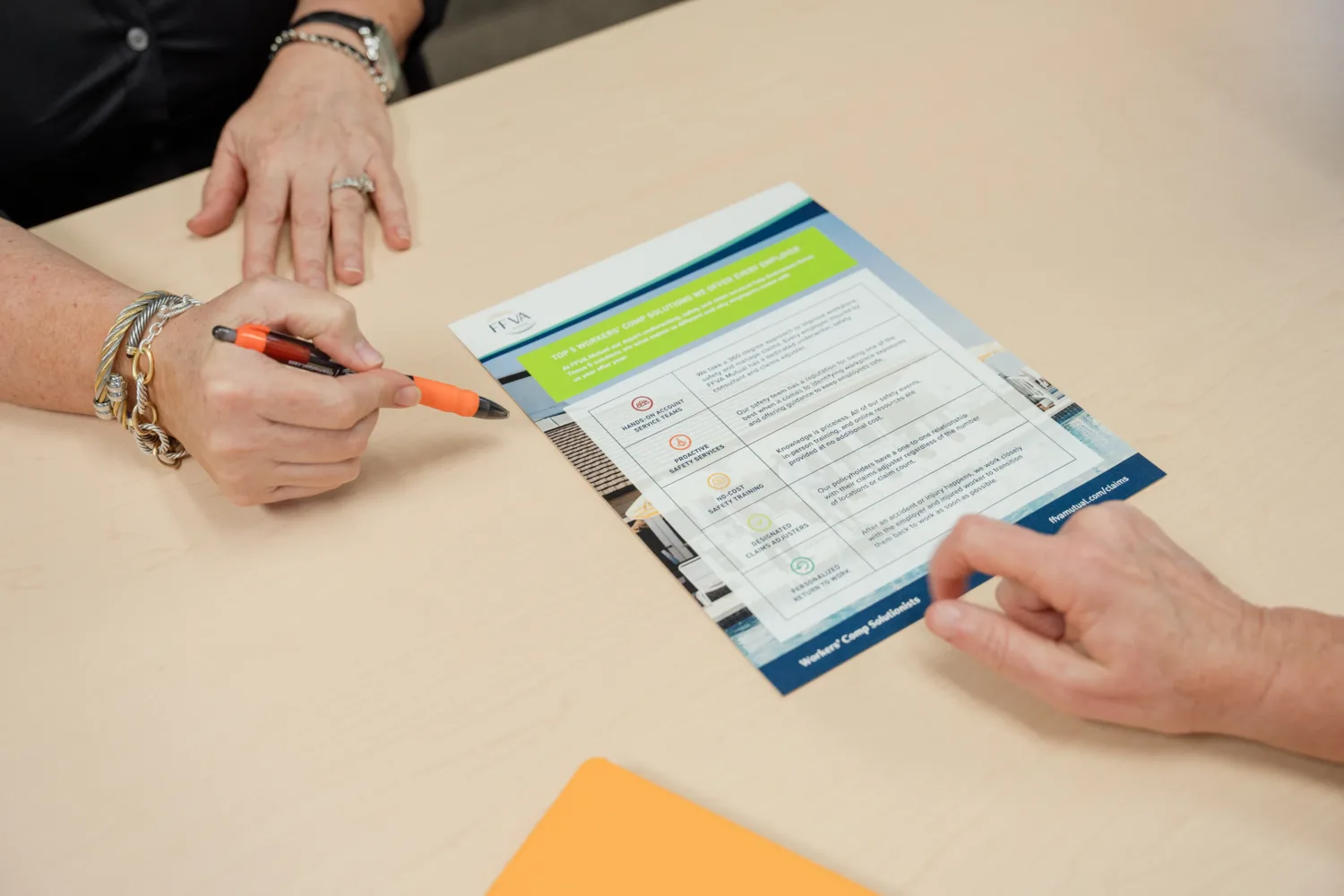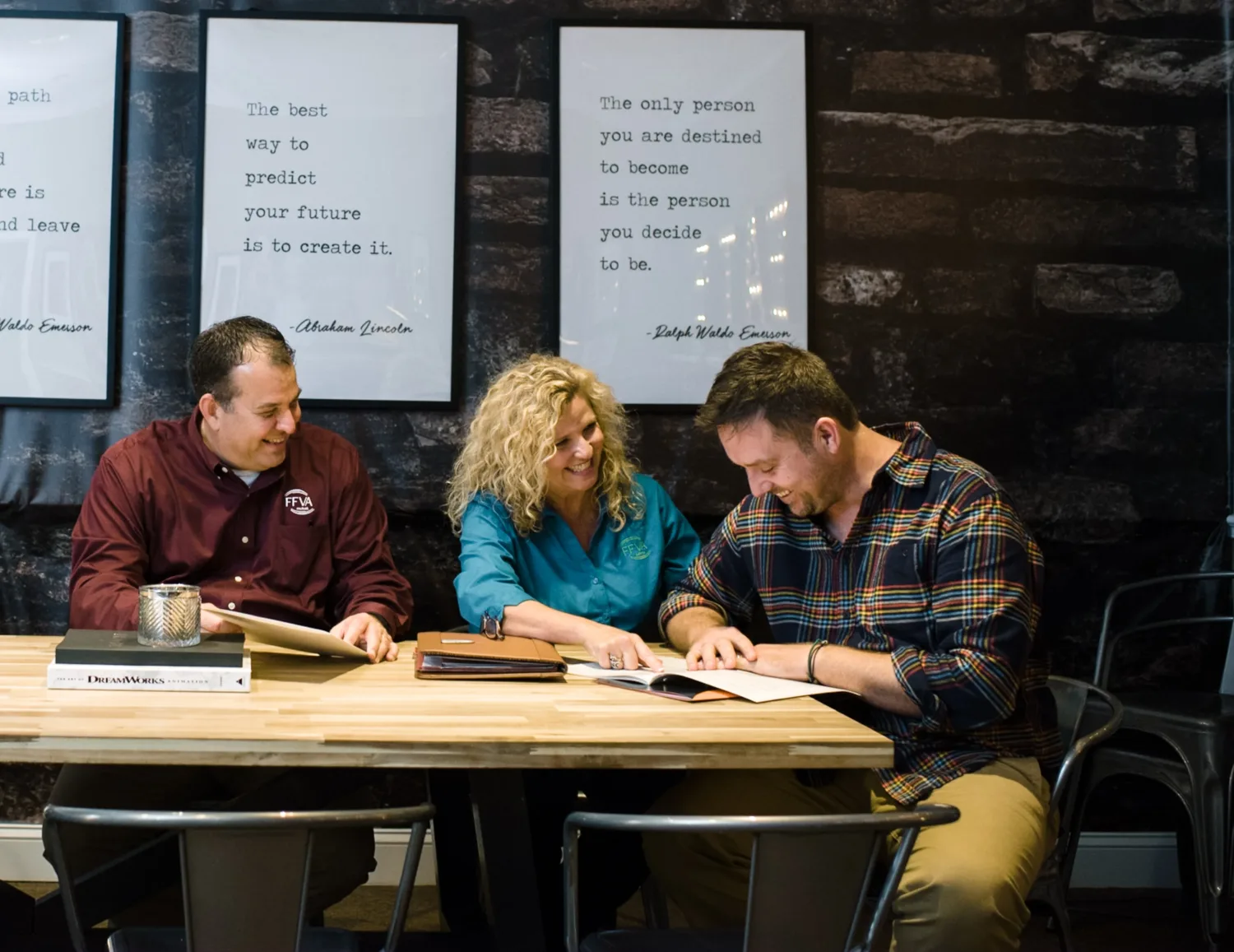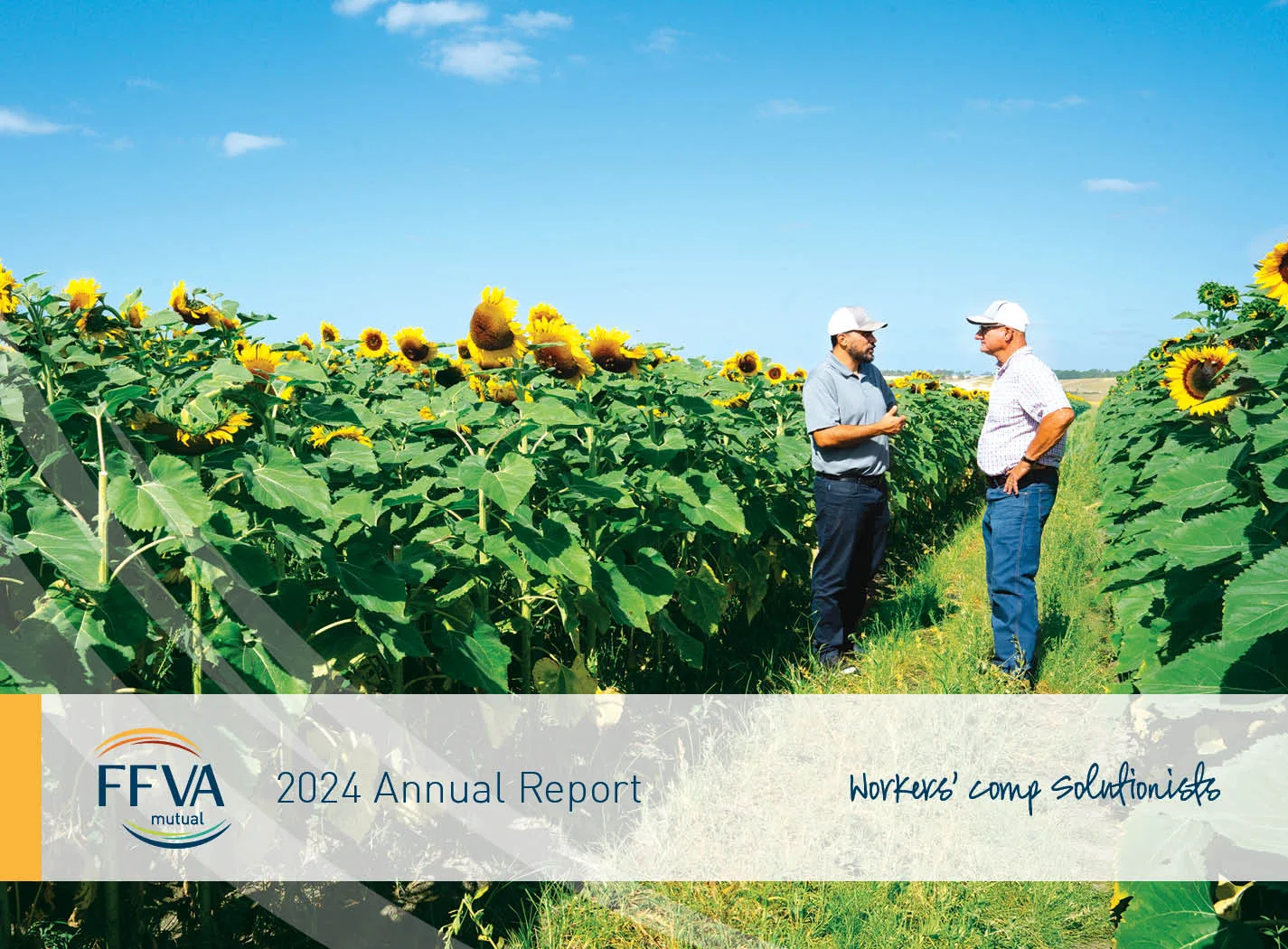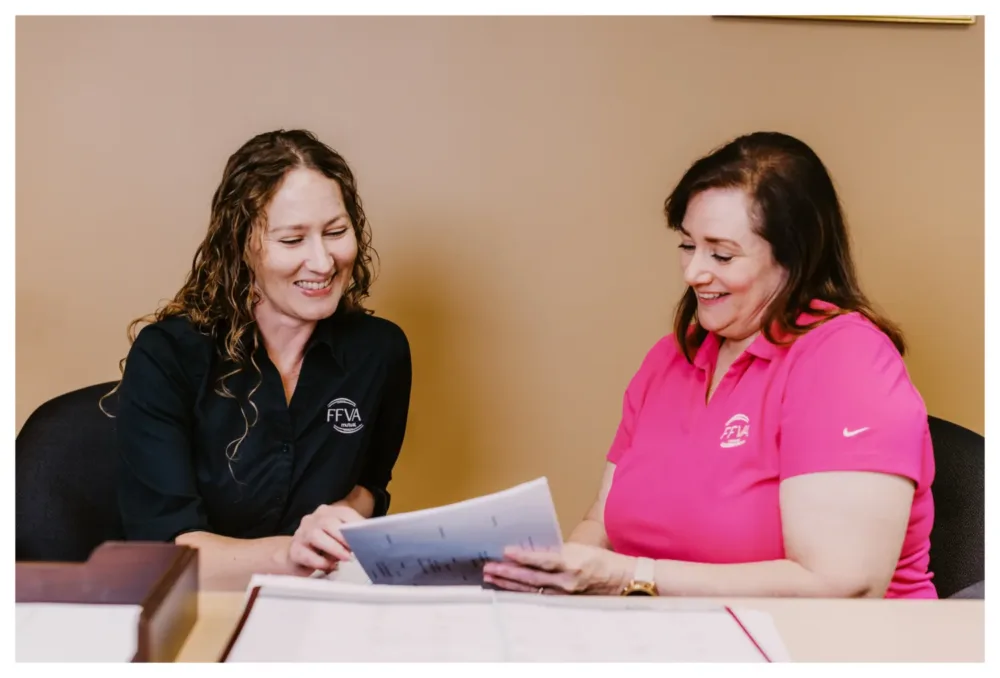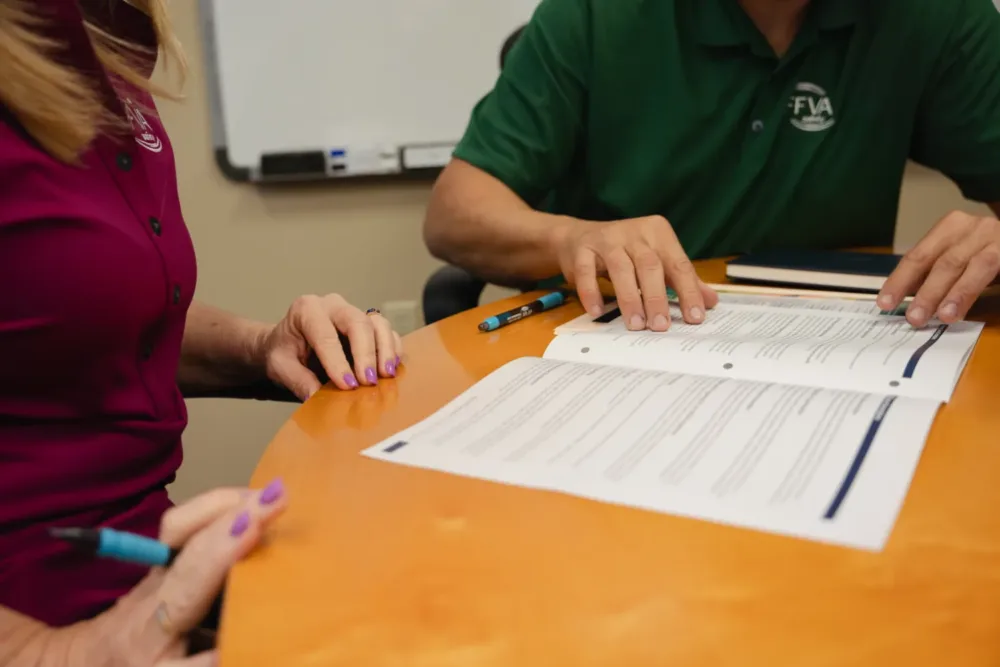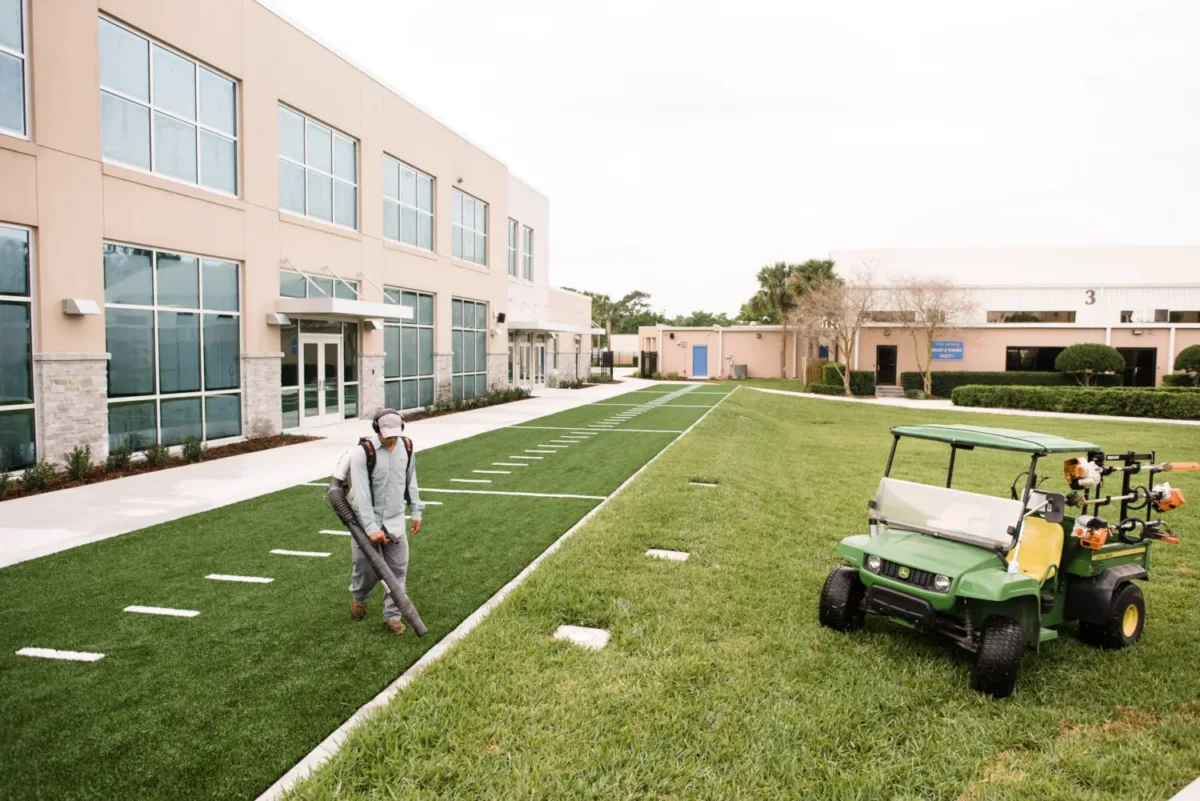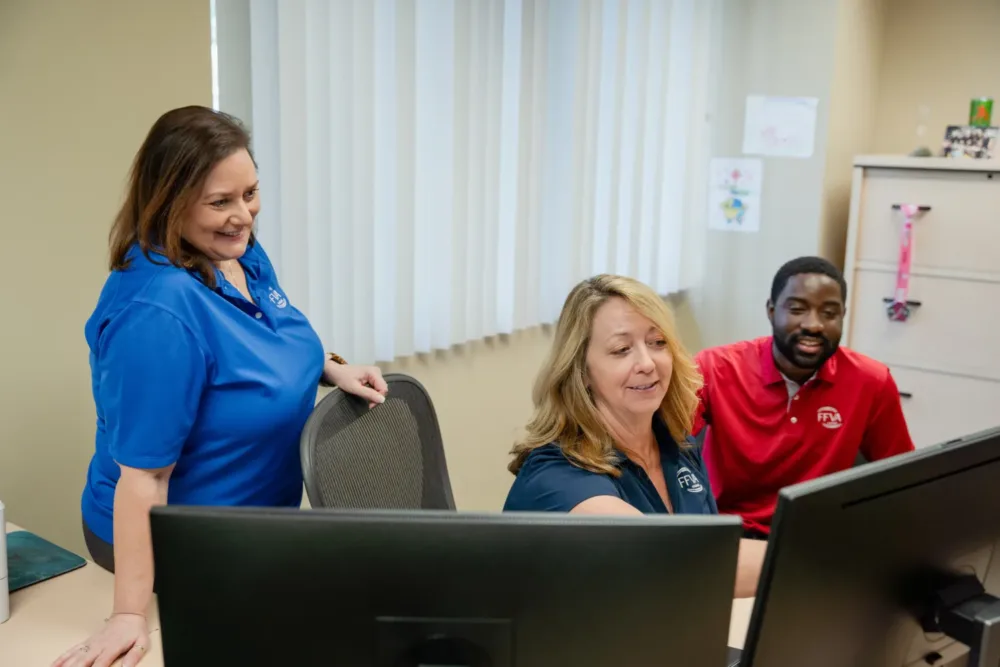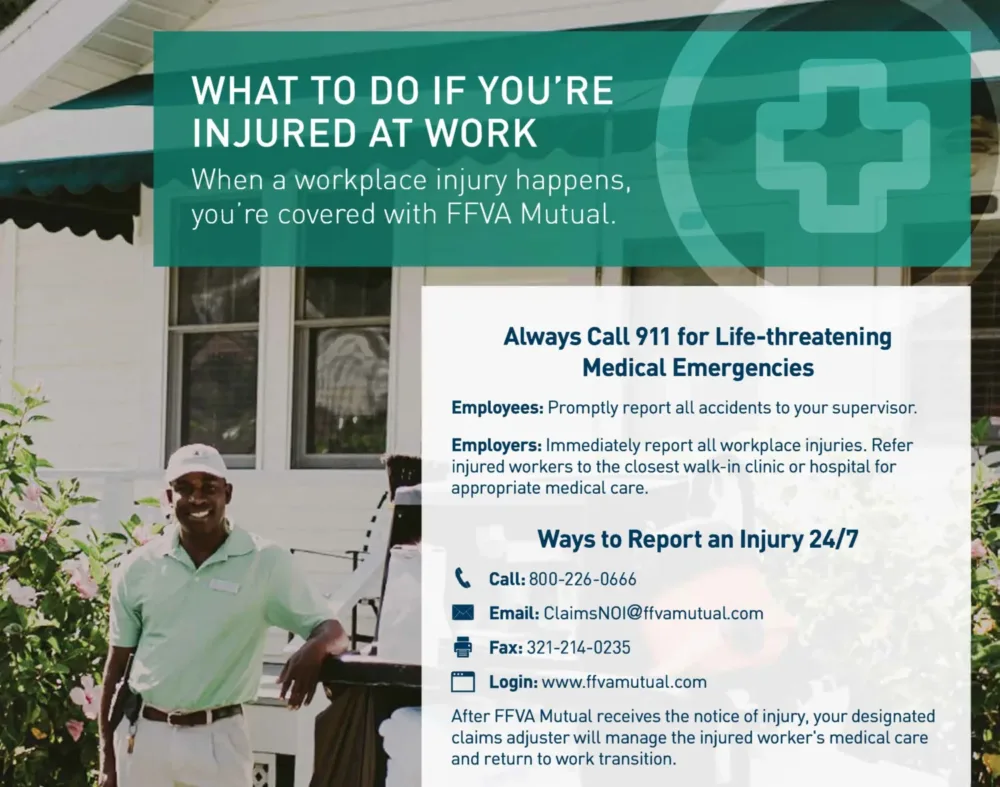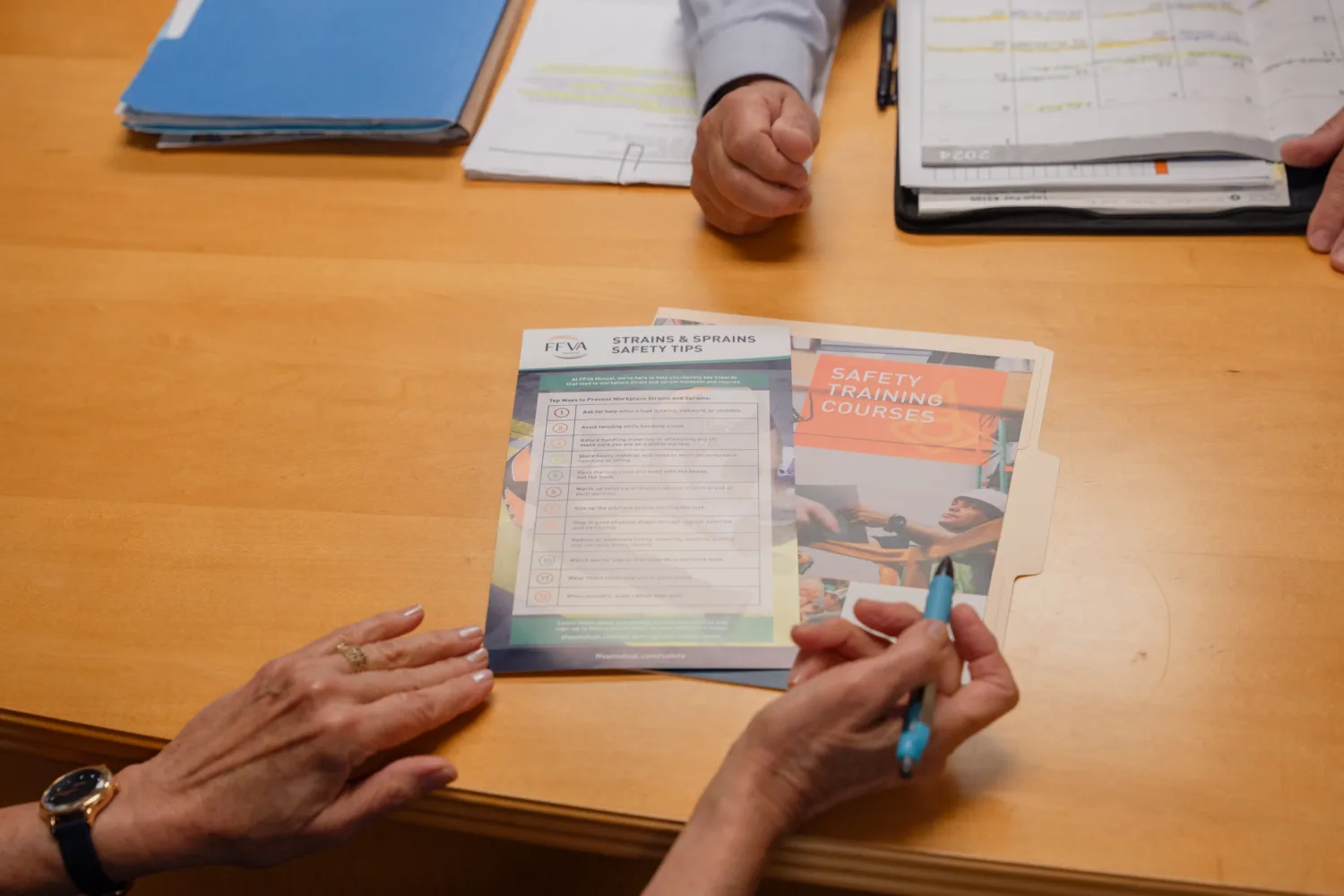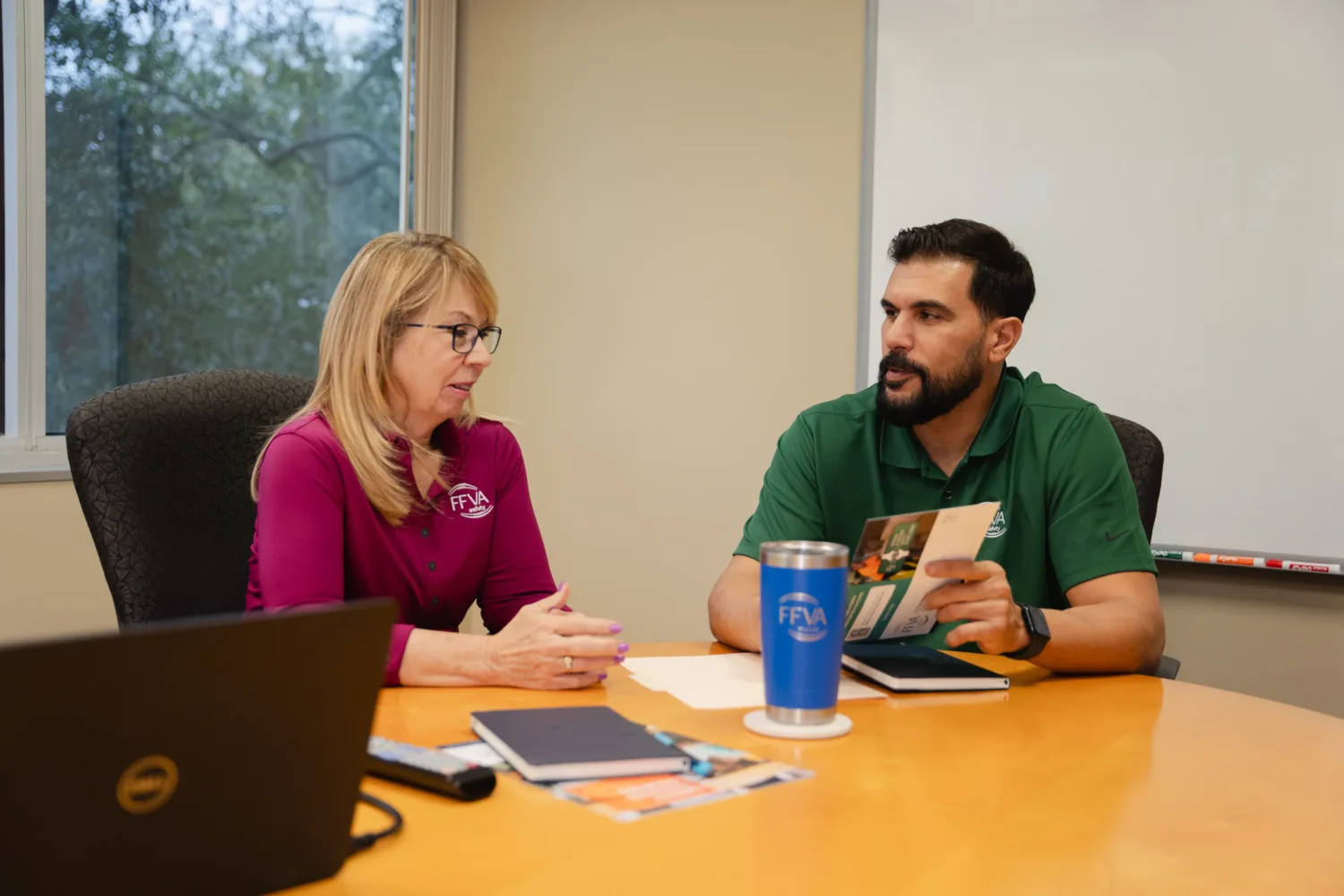Mental Health in the Workplace: Risk Factors and Safety Strategies
Mental health in the workplace refers to the well-being of employees’ minds and emotions. While employers have long focused on hazards to physical well-being, like slips, trips and falls, mental health challenges also affect safety. When mental strain goes unchecked, it can contribute to fatigue, distraction and errors that lead to workplace injuries.
Supporting mental health in the workplace is not about expanding health insurance coverage. It’s about understanding how mental well-being connects to safety performance and taking steps to create conditions where employees can stay focused, alert and engaged.
The Impact of Work on Mental Health (and Safety)
Work itself plays a major role in shaping mental well-being. Factors such as heavy workloads, tight deadlines and low autonomy can contribute to stress and fatigue — two of the most common precursors to workplace incidents.
According to the U.S. Centers for Disease Control and Prevention (CDC), psychosocial risks like job strain, long hours and poor organizational support are directly linked to higher rates of injury and absenteeism. Employees under chronic stress may overlook basic safety protocols or make small but critical errors when performing routine tasks.
How Mental Health Affects Hazard Recognition
When mental fatigue builds up, attention wanders and reaction times slow. This increases exposure to hazards such as moving machinery, vehicles or electrical systems. A worker who is distracted or anxious might miss warning signs, skip steps in a procedure or use equipment improperly.
FFVA Mutual’s Vice President of Safety and Loss Control, Ernie Medina, has seen this connection firsthand. “I’ve actually seen spikes in mental health and how that ties into safety,” he says. “If your mind and your soul aren’t into what you’re doing, you can have all the PPE and training you want, and accidents still happen.”
Medina also notes that mental health issues are emerging as a major discussion point in the safety community. “There’s a lot more attention being paid to that aspect of safety,” he explains, “and professionals are having more conversations about it.”
Workplace Risk Factors and Signs to Watch
Every organization has unique stressors that can affect employee mental health. Recognizing these early allows employers and supervisors to prevent risks before they translate into injuries or lost productivity.
Common workplace mental health risk factors include:
- Chronic understaffing or unrealistic workloads
- Long shifts and night work that disrupt sleep cycles
- Role ambiguity and unclear responsibilities
- Low supervisor support or limited feedback
- Harassment or bullying from coworkers
- Isolated work or lack of peer interaction
- Change fatigue during reorganizations or high turnover
These conditions can create a sense of loss of control — one of the strongest predictors of poor mental health and reduced safety performance.
Mental Health Signs Leaders Should Watch For
Managers and supervisors should pay attention to subtle behavioral and performance cues, including:
- Sudden changes in demeanor or communication
- Increased conflict with colleagues
- Fatigue, forgetfulness or difficulty concentrating
- Declining work quality or rising error rates
- Frequent absences or last-minute call-offs
At the organizational level, patterns of near misses, minor injuries or PPE nonuse may signal underlying mental fatigue or burnout. If certain crews or departments experience more incidents after long hours or seasonal workload surges, it may indicate a need for intervention.
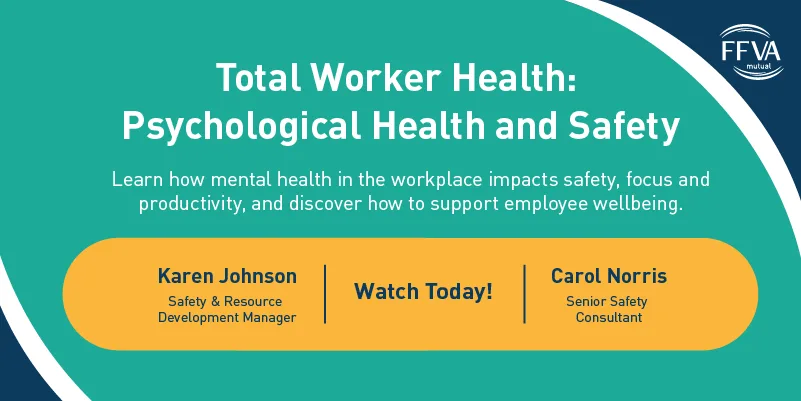
Register now to equip yourself with the tools to foster a healthier, safer, and more engaged workplace.
Strategies To Strengthen Mental Health and Safety in the Workplace
Creating a mentally healthy work environment requires the same structure and discipline as any other safety initiative. Employers should treat psychological and emotional strain the same as safety hazards that can be identified, assessed and controlled.
Here are a few strategies to do just that:
Building a Supportive Safety Culture
Culture sets the tone. When leaders demonstrate empathy, listen to concerns and make time for meaningful safety discussions, employees are more likely to speak up about stress or fatigue before it leads to an incident. As Medina emphasizes, culture starts at the top. “Walk the walk,” he advises. “Employees see right through you. They know when a company really cares.”
Integrate mental health topics into safety meetings and toolbox talks. Reinforce the message that speaking up about mental strain is a safety behavior, not a weakness.
Designing Work to Reduce Psychosocial Risks
Job design can make or break mental well-being. To reduce psychosocial stressors:
- Ensure reasonable staffing and predictable scheduling.
- Rotate employees through high-strain or repetitive tasks.
- Offer autonomy where possible and involve workers in planning.
- Build recovery time into the schedule after intense projects.
These adjustments can improve both mental health and productivity while reducing costly turnover.
Training Supervisors to Respond Early
Supervisors and managers are often the first to spot mental health issues. Providing training on how to identify signs of burnout, anxiety or disengagement — and how to respond supportively — creates a vital line of defense.
Teach supervisors to initiate simple, respectful check-ins and escalate concerns through safety or HR channels rather than disciplinary ones.
Embedding Mental Health in Safety Systems
Include mental-load prompts in Job Hazard Analyses (JHAs) and pre-task briefings. Simple questions such as “Did you get enough rest?” or “Are there distractions affecting focus?” help normalize self-assessment.
Integrate workplace mental health into your ongoing safety communication plan, rotating topics like fatigue management, stress awareness and emotional resilience into monthly safety themes.
Providing Practical Accommodations That Improve Safety
Employers can strengthen both physical and mental safety by making small, proactive adjustments to the work environment, such as:
- Encouraging micro-breaks during repetitive or precision work
- Providing quiet zones for focus and recovery
- Offering flexible start times following extended shifts or emergency callouts
- Establishing clear “pause work” policies that allow employees to stop tasks if they feel mentally unfit to perform safely
Even small interventions can have significant benefits for safety and morale.
Communicating and Offering Access to Resources
Clear communication is one of the simplest ways to strengthen workplace mental health. Employers should post available support in visible areas — whether that’s an Employee Assistance Program (EAP), peer network or local community mental health service.
Sharing credible resources from organizations like OSHA, the National Institute for Occupational Safety and Health (NIOSH) or the CDC reinforces that mental well-being is part of overall safety, not a private issue employees must handle alone. When workers know where to turn and feel comfortable seeking help, they’re more likely to address stress or fatigue early — before it impacts productivity or safety performance.
Employee Strategies for Protecting Mental Health at Work
Employees also play an active role in maintaining their overall well-being and staying alert on the job. These practical steps can help reduce stress and prevent fatigue-related errors:
1. Implement Personal Safety Routines
Building personal routines that prioritize rest, focus and awareness can help employees stay mentally sharp and physically prepared throughout the workday. Encourage employees to:
- Conduct quick pre-shift check-ins to gauge mental and physical readiness.
- Take short breaks to stretch, hydrate and reset focus.
- Plan meals, rest and hydration, especially if working rotating or night shifts.
2. Speak Up and Seek Support
Workers should feel comfortable enough to report when cognitive overload, stress or fatigue threatens safety. Using existing near-miss reporting systems for mental overload helps normalize these conversations.
If their concentration slips during a task, it’s better to request a short rotation or break than risk an injury.
3. Create a Culture of Support and Safety
A culture of peer support strengthens the entire safety system. Crew members can look out for one another by asking simple “fit for work” questions or volunteering to share tasks during demanding shifts. These small actions build trust and reinforce psychological safety across teams.
Frequently Asked Questions About Mental Health in the Workplace
What are the most common workplace factors that harm mental health?
Work overload, long hours, lack of supervisor support and unclear job expectations are among the most significant contributors to poor employee mental health. Harassment, isolation and lack of recognition can also lead to mental health challenges such as depression and anxiety.
What are signs of poor mental health at work?
Warning signs include fatigue, irritability, frequent mistakes, conflicts with coworkers or absenteeism. Leaders should also monitor increases in minor incidents or errors, which can indicate cognitive strain.
What are the 5 C’s of mental health?
Connection, compassion, consistency, communication and culture. Each reinforces a supportive work environment where individuals can thrive.
How can employers support employee mental health in the workplace?
Promote open communication, train managers to recognize early signs of strain and design jobs to balance workload and recovery. Embed mental health topics into safety programs and encourage employees to use available EAP or community resources.
Does remote or hybrid work change the risk of mental health issues?
Yes. Remote employees may experience isolation or blurred boundaries between work and home life. Regular check-ins, flexible scheduling and team-building activities help sustain connection.
Where can employers find credible tools?
Refer to NIOSH, OSHA and CDC for free workplace mental health resources, training modules and Total Worker Health® guidance.
Take the Next Step: Make Mental Health Part of Safety
As Ernie Medina reminds employers, success begins with culture: “Start by establishing a safety-first culture. When you truly make it all about safety (mental and physical), employees see that, and they follow.”
Take the next step today: Incorporate mental health into your safety talks, review policies for psychosocial risk factors and plan one small improvement to strengthen your organization’s culture of care.
Want to learn more about mental health in the workplace? Ask us a safety question or explore FFVA Mutual’s Safety Hub for more.
